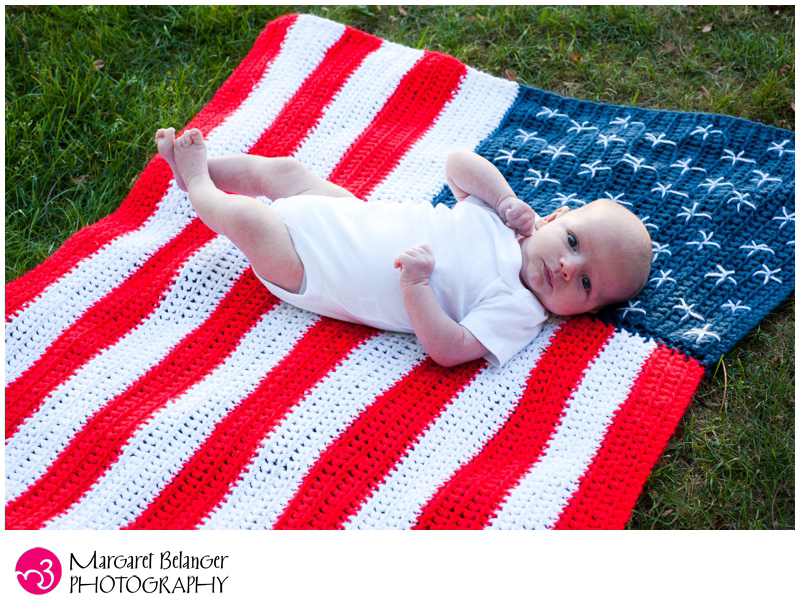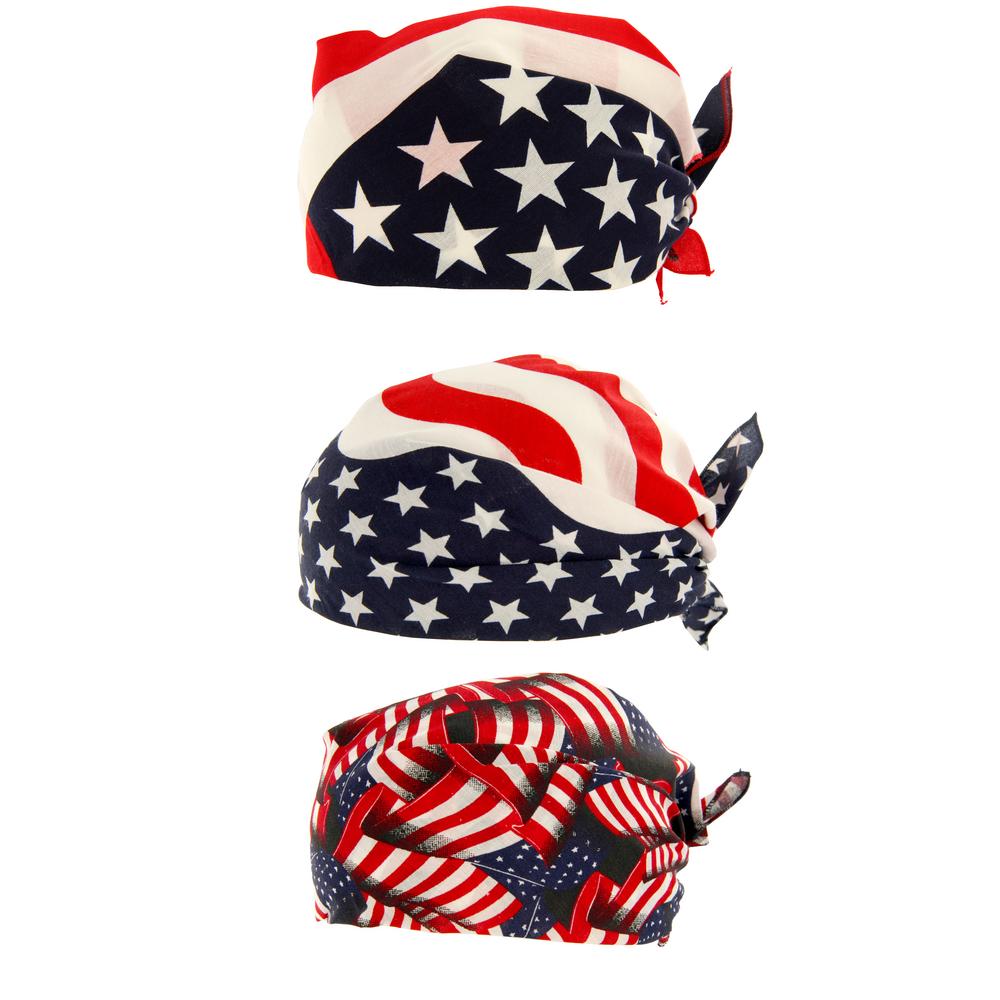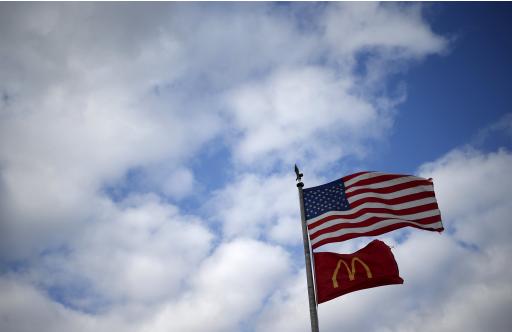I always find these sorts of things fun, since I likely grew up outside of (and currently reside outside of) the cultural norms of those authors that come up with these lists. In that light, I often read these lists to see how "in tune" I am with the cultural norms of the author.
This list of cultural norms about how to raise babies came across my Facebook feed, and so I was tempted to see how many of them I:
- knew
- currently believe
- used to believe.
So, in a bout of mid-day procrastination, let's see this list of one dozen baby lies!
1. “Let your newborn cry it out or he’ll never learn to sleep.”
Never heard this while I was growing up. I only learned about it when I was living in the States during grad school, and thought that it was rather silly nonsense that likely was a rationalization for leaving your baby alone in the crib while you try to sleep in your bed. (I don't know if that is the origin of this lie, and it sounds a bit like a just-so story, but it seems to be used in that sense among those new parents that I did know.)
Next!
2. “Your newborn is manipulating you/getting spoiled when you answer her cries.”
Yeah, I heard this one, and it makes a sort of sense, but it requires that you have a very different understanding of "manipulating you" and also understand that getting comfort and nutrition is not the same thing as getting spoiled. But more on that first part: for a new mother, it is not necessarily an ingrained habit to take care of a helpless being, and so the crying can help as a reminder to let you get to know your baby's needs better. Also, from the baby's perspective, it is the way to communicate needs and wants, since human babies are born at such a far younger stage of development than every single other placental mammal on earth. Hell, all other placental infants can at least crawl on their own at birth, and many (especially herd animals) are able to walk within a couple hours. Heck, in some ways, human infants are even less physically capable than marsupial newborns (which can at least climb their way into the maternal pouch).
So, yeah, I heard this one, but not in this rather... twisted and culturally embedded sense.
Next!
3. “Add rice cereal to his bottle so he’ll sleep longer.”
Nope. Never heard this specific one before. It likely did seem to work for some babies, but there's also likely a large amount of confirmation bias associated with whatever successes that did happen, or it was the only viable source of supplemental nutrition for the baby (i.e., it was advice that predated powedered milk or among people where the equivalent of a wet nurse wasn't available).
Next!
4. “Limit breastfeeding to ___ minutes per side so she doesn’t make you sore or eat too much.”
Never heard this one. Yes, I am a man, but what I did hear was about as diametrically opposite to this as potentially possible. I learned that a mother should allow her baby to breastfeed for as long as the baby suckles and then to change sides. After all, the amount of breastmilk that any one mother produces is somewhere along a spectrum that runs from no/effectively no breast milk in either breast to far more than a newborn can consume in each breast. To give advice that one should only breastfeed for X minutes per side makes no sense, given this spectrum of breastmilk production that is possible among humans. This, much like #1, sounds like a rationalization for the adult's comfort.
Next!
5. “Your newborn has to be supplemented with formula because _____.”
I primarily heard this in commercials. The only time I heard this coming from actual adults was in a discussion about whether there was actually enough breastmilk being produced for the baby. In the case of my daughter, my wife and I decided to give supplement her diet with formula for exactly this reason. I am usually not one to use the "people have been doing X for thousands of years, and there hasn't been a problem before" line of (poor) reasoning, but in this case, the general framework does make sense (and in those cases where there were problems, yes, supplementing with additional milk - or formula - does help, but it ought to be the exception and not the rule).
Next!
6. “Jaundice is not normal and requires aggressive treatment.”
I learned that newborns normally get jaundice, and not to be too worried about it. (Seriously, people, newborns do not have the same physiology as an adult!)
Next!
7. “Co-sleeping is dangerous, your baby needs to sleep alone.”
I never heard this until I moved to the UK to start my undergraduate studies. And then I was skeptical of the validity of this advice. Sure, if your entire population of newborns are co-sleeping with their parents, then some of them will die as a result of that, but what percent is that? TINY! If one wishes to save the lives of infants, better advice would be to never let infants into a moving vehicle.
Next!
8. “Start your baby on newborn enrichment classes now so he’ll be smarter.”
I heard this about 10 years ago and thought it was a joke. This is a misapplication of social science and psychological studies that show that a rich social environment is associated with
relative greater intelligence. However, this doesn't mean that your newborn baby needs to be go to friggin' enrichment classes! Furthermore, there is no evidence that
absolute increases in intelligence are associated with enriched environments. In other words, if Albert Einstein had grown up in a highly intellectually stimulating environment, it's likely that he would have been relatively more intelligent than the historical Albert Einstein. However, if Forrest Gump grew up in a highly intellectually stimulating environment, he would never be an Albert Einstein.
Next!
9. “If your newborn boy is intact, you should retract his penis to clean under it.”
What the what? Seriously, this is just a reaaaaally friggin' poor understanding of physiology. Likely due to a general lack of understanding in the US about how to maintain cleanliness with babies with foreskins, since so many US males have historically had circumcisions. Such a lack of understanding is then mixed with the mistake of assuming adult physiology (and care) directly maps on to babies. Again: babies are not simply small adult humans! The "advice" provided in #9 is just reaaaally bad. (Might as well just circumcise the boy.)
Next!
10. “Feedings should be scheduled every 3 or 4 hours so baby learns to eat when it’s the ‘right’ time.”
Yeah, I learned this. And then when I got to learn babies, I figured out that this piece of advice - for newborns - is b.s. For older babies, yeah, maybe. But for newborns? You gotta be kidding me.
Next!
11. “It’s safe to put the car seat on top of a shopping cart at the grocery store.”
I have never heard this silly piece of "advice." Seriously, if you look at this in any sort of light, the engineering is just WAAAY off.
Next!
12. “It’s safe/beneficial to start solids at 2 weeks/2 months/3 months/etc.”
I did learn that there was a safe time to start a baby on solid foods. But all the numbers I heard were WAAAY beyond 2 weeks, 2 months, and 3 months. My idea was closer to 6 months, and my baby's pediatrician basically gave her the green light for a very limited set of solid foods when she was 8 months old (given her delicate digestion). She loves to eat bread, sliced turkey, and olives. She also likes to suck on lemons. Still, most of her food remains liquid or only semi-solid, even though she's well over 1 year old.
So, looking back, I only really learned one of the twelve, and even that one I figured out on my own was almost certainly rubbish. True, some of the advice on this list is implicitly geared toward women and new mothers (and not non-mothers), but my mother did talk to me about parenting tips, since she had no daughters to impart such wisdom to. The majority of her parenting advice - as related to newborns - was let them sleep when they need sleep, feed them when they need feeding, burp them after feeding (because babies don't learn how to burp until much later), change their diapers (perhaps more often than you think they need to be changed), and don't drop them. (I suppose that last piece of advice is given to most men about babies, though.)
I'm somewhat surprised that these were 12 "mainstream" baby lies, though. Especially #11; advice about how car seats can fit onto shopping carts is not something that really could have been passed down through several generations (which I could see with most of the other ones), so if this really is a "mainstream" lie, then it had to have been disseminated through popular culture.
But I'm not surprised that most of these "mainstream" lies were completely (or mostly) unknown to me. I've encountered many cultural norms about babies and being a new mother, with almost all of them being completely foreign to me. It is, on the one hand, refreshing to know that there are new myths forming around motherhood and children that may be foreign to many people outside the US (or maybe even certain parts of the US). It is, on the other hand, frustrating that people who might readily believe in these myths and lies are not aware of the plethora of other myths and lies surrounding motherhood and babies that permeate the globe.












